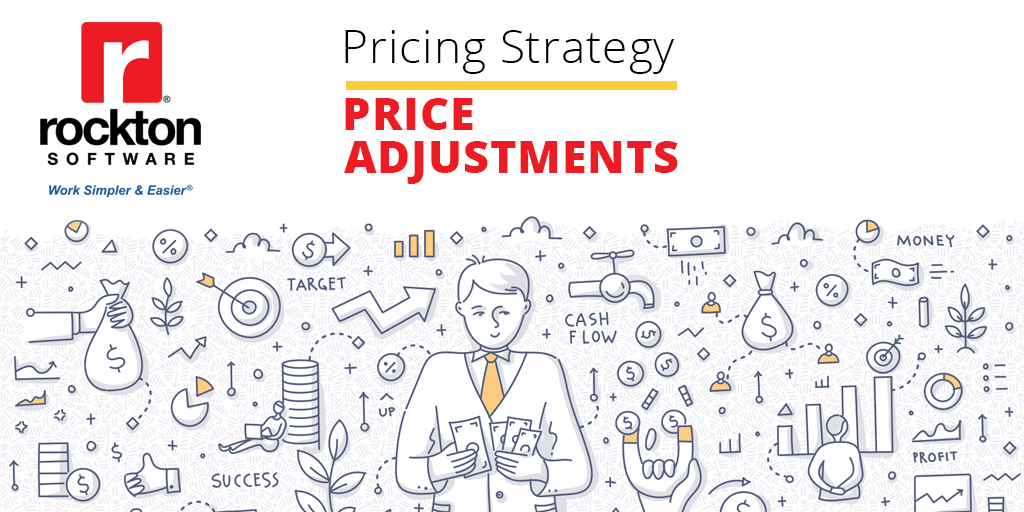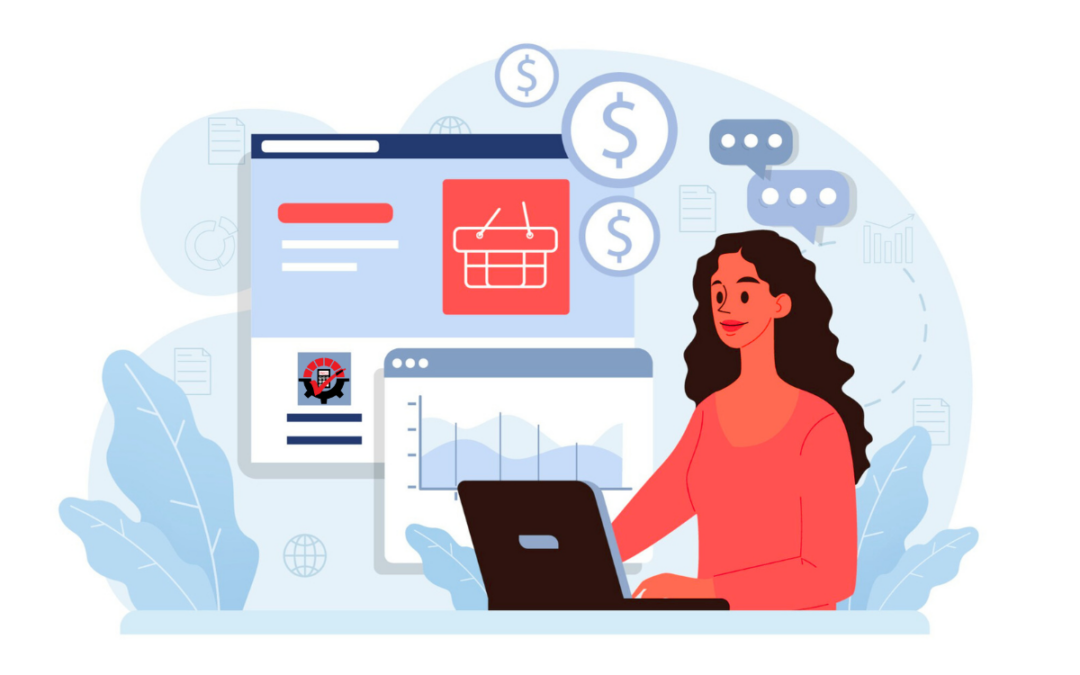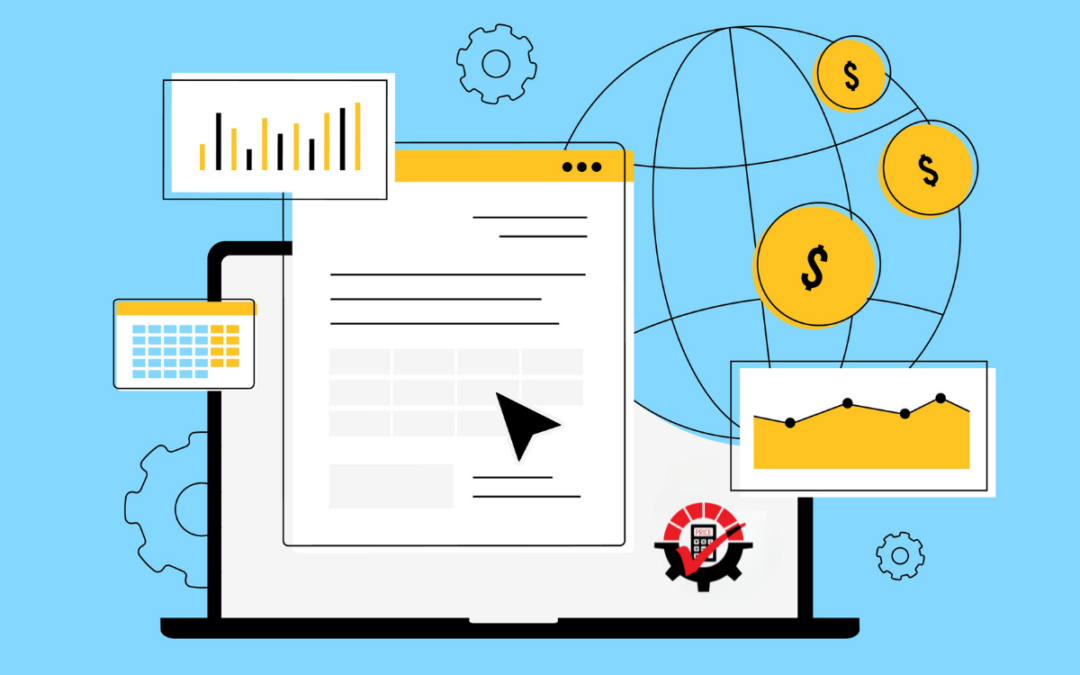
Welcome to our price strategies video series. We are taking you on a virtual journey. You will learn ways to save money, time, and headaches when it comes to managing your pricing strategies.
Our first video was all about rebates, our second video was about dynamic pricing, the third was date-driven pricing, and next up is price adjustments.
What do you think of when you hear price adjustments? How about commissions, royalties, restocking fees, promotions, and discounts. Yes, I could go on and on.
So, you want to adjust the price? Let’s break some of them down for you.
Treat your sales team and vendors like royalty
Because if you do, they will keep coming back. The sales team deserves a commission for all their hard work, and without that vendor, your customers wouldn’t get that specific item.
But now it’s payout time, and it can be a challenge to manage and keep track of who you owe and what amount.
Having a defined strategy will help you with performance, recruitment, engagement, and retention.
We all love a good discount or promotion
Discounts can take the form of a fixed value, percentage, or discounts on products, collections, or variants in their stores. Importantly, discounts give you control over pricing and promotion. They can be used in a variety of ways:
- Feeling of exclusivity
- Launching a new product
- Buy 1 Get 1
- Limited time offers
- Sales promotions
- End of year discount
- Seasonal pricing
- Quantity discounts
Whatever discount you are giving it should have a strategy, it should be easy to implement and track, and it should help drive sales.
What Should Be My Pricing Strategy?
Ben Franklin once said, “Failing to plan is planning to fail.”
Many manufacturers, distributors, wholesalers, and eCommerce businesses look at their competitors to find similar products to their own. They then pick a price that makes sense, perhaps blindly making guesses based on where their product is at right now.
Yes, you should analyze your competition to know how to position your pricing strategy. But picking your price based on your competitors is not always the right price.
When you don’t have a system in place, it’s too easy to change direction with no true rhyme or reason. Ask yourself these 5 questions:
- What will generate more sales? Ending the price of your product in a “0,” “97,” “98,” or “99”?
- What is the best goal for your product? Revenue, market share, total profit, profit margin, customer lifetime value, average revenue per unit, or something else? And should that goal change during its life cycle?
- How will you react to the competition’s behavior? How might your competitors react to your product, and why? If you match a competitor’s price, how will it impact revenue and profit? What types of promotions will you never resort to doing?
- Should you price low for market share, or high for premium branding?
- What should be the central strategy for your product? And will the central strategy change if you offer different pricing tiers?
It’s time to Automate
Everyone is using price calculations in some way, shape, or form. You should have a solution that handles all of them.
Rockton Pricing Management can handle most any calculation you need and you can hit a specific GL Account for each one.
Need multiple discounts or fees for one line item, no problem. Charge that restocking fee and give the vendor rebate all at the same time.
With Rockton Pricing Management (RPM) you simply establish any pricing scenario one time and RPM does all the calculations and hard work behind the scenes. Automatically!
Conclusion
Price calculations are a must for any business. Figuring out a pricing strategy does take time. Do the research, test some scenarios, and make sure it is going to be just as cost-effective for you as it will be for the vendor or customer.
There is no one size fits all scenario. Floor distributors use rebates for their vendors, waste management companies offer discounts, electronics have restocking fees, and don’t forget about product licensing fees and royalties.
Once you’ve chosen your pricing strategy, the next step is to pick a pricing model based on your product or service.
Neither your pricing strategy nor pricing model is set in stone, and as your product shifts, your pricing model can change, and likewise if your market positioning changes, so can your pricing strategy.




